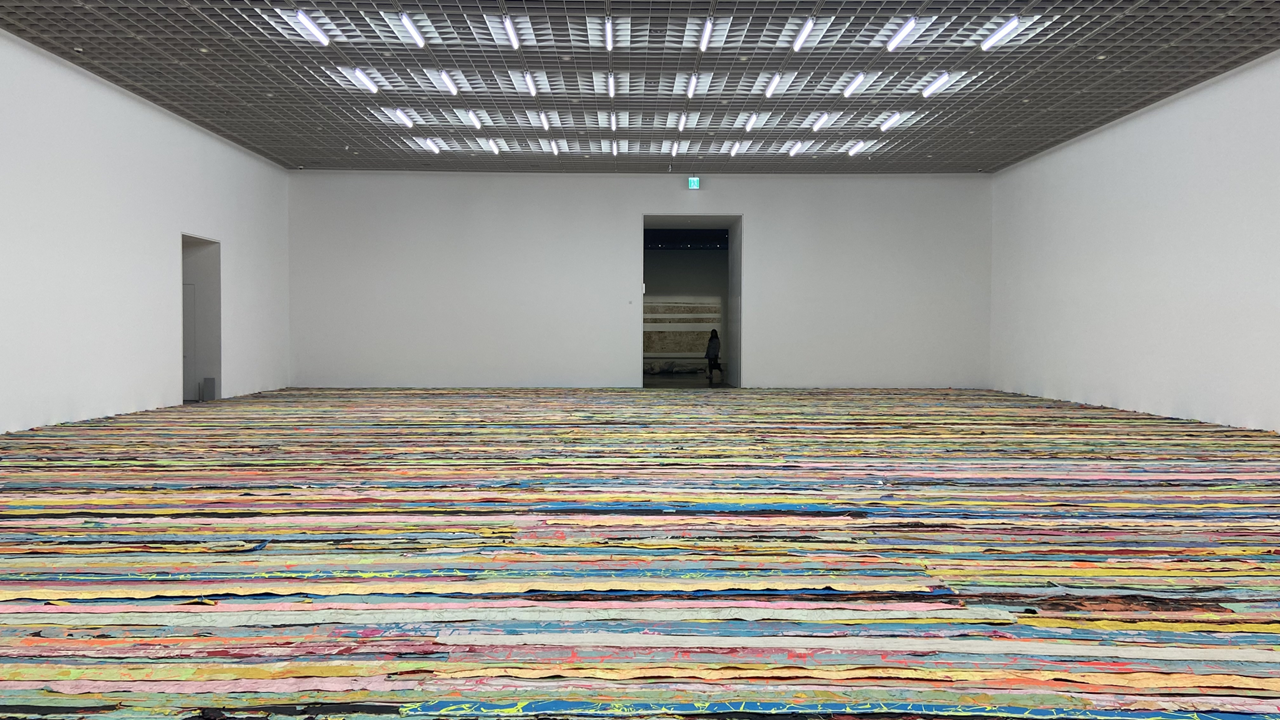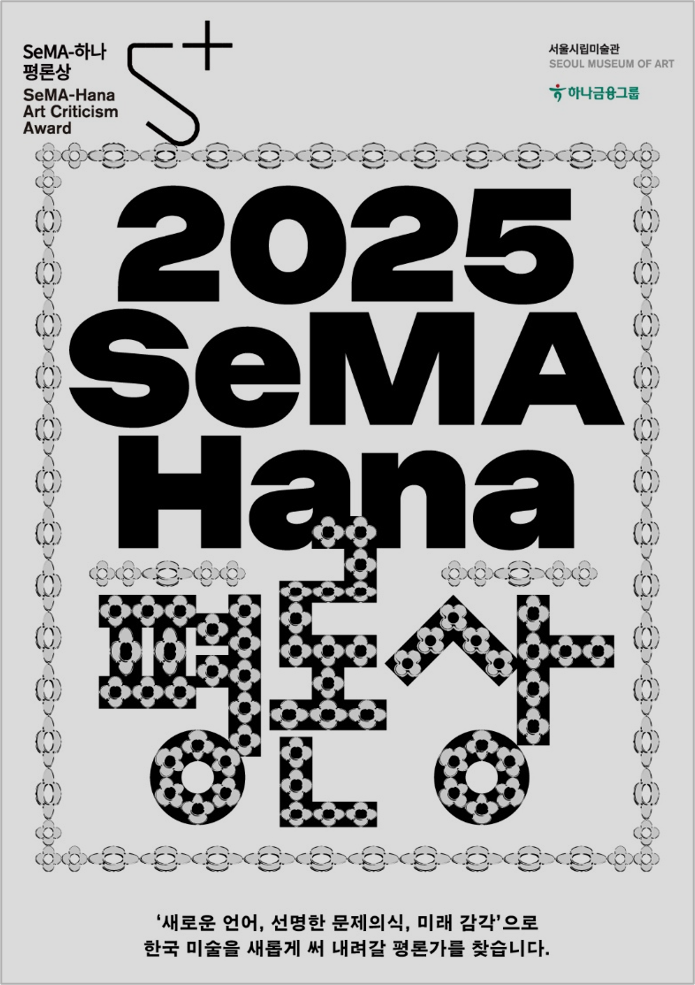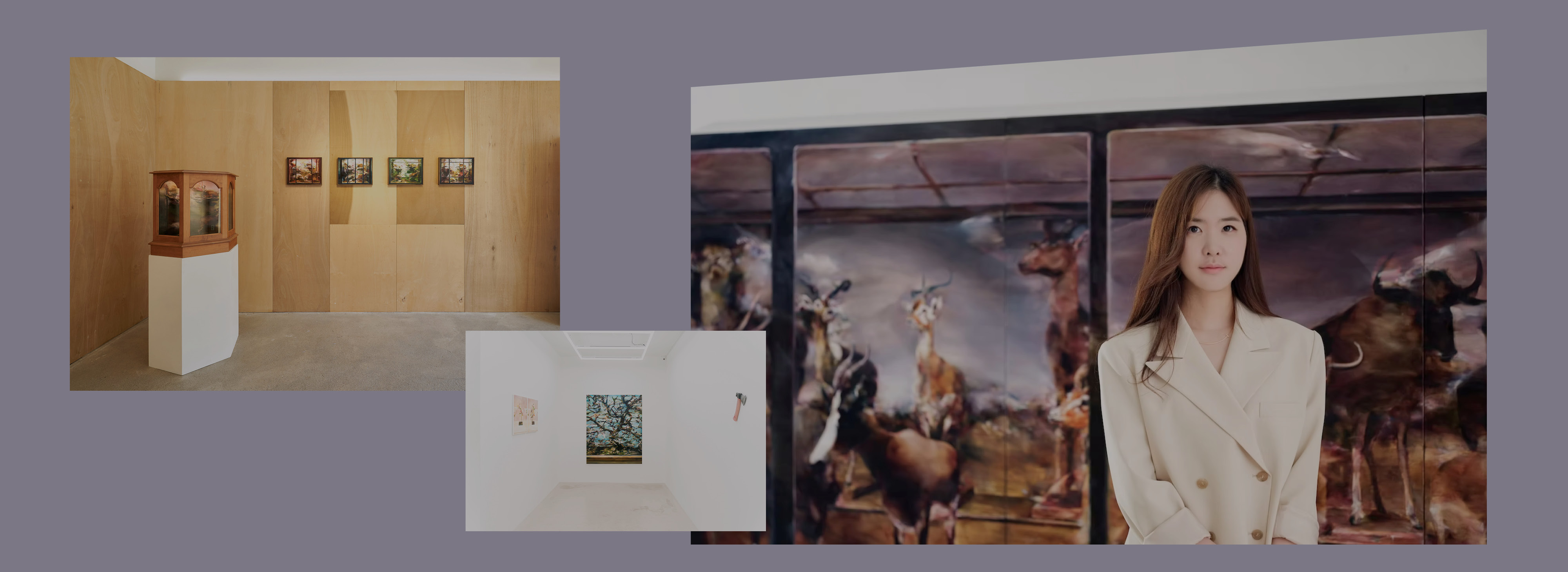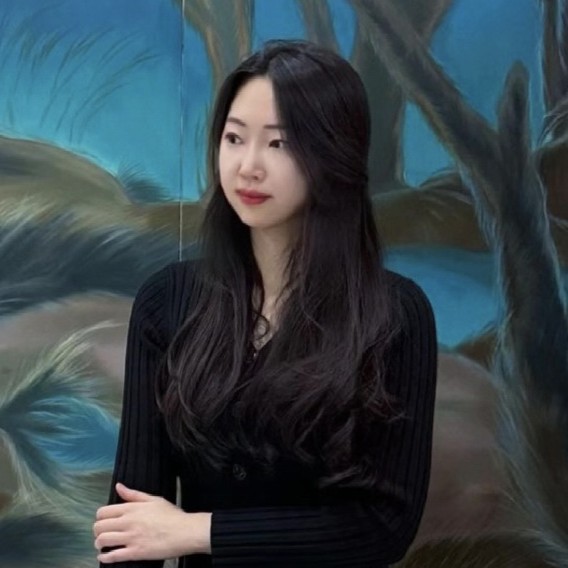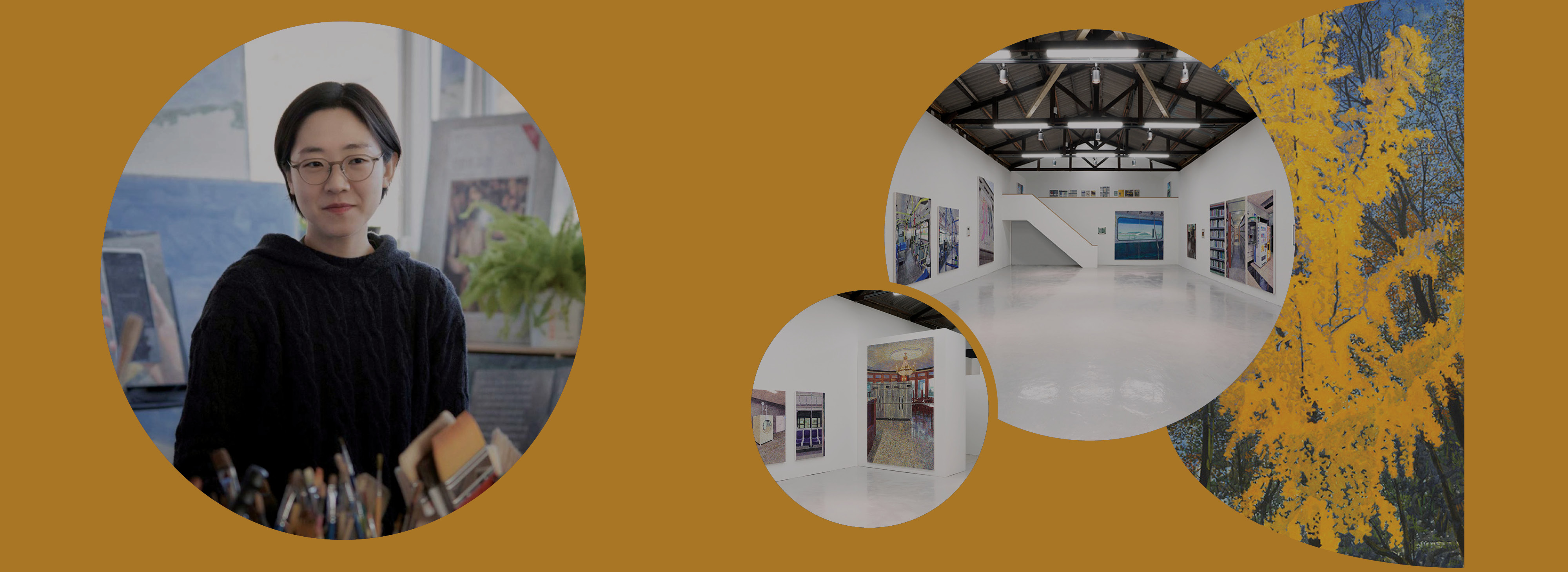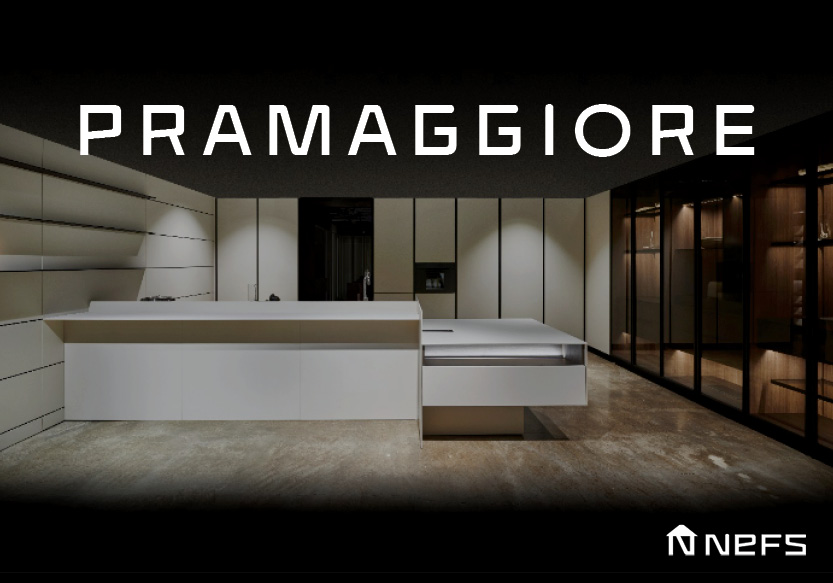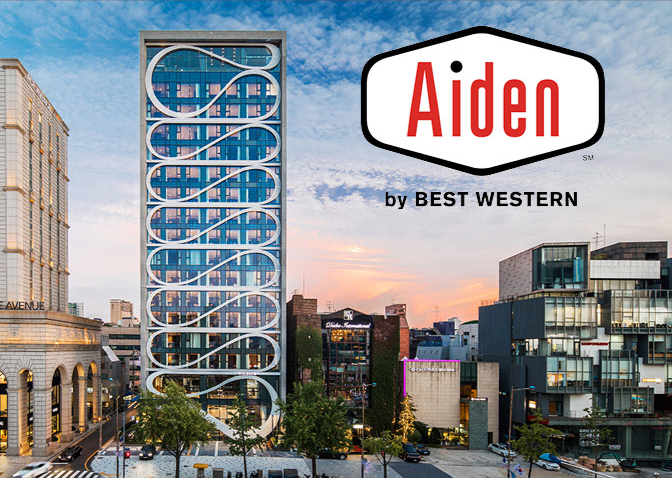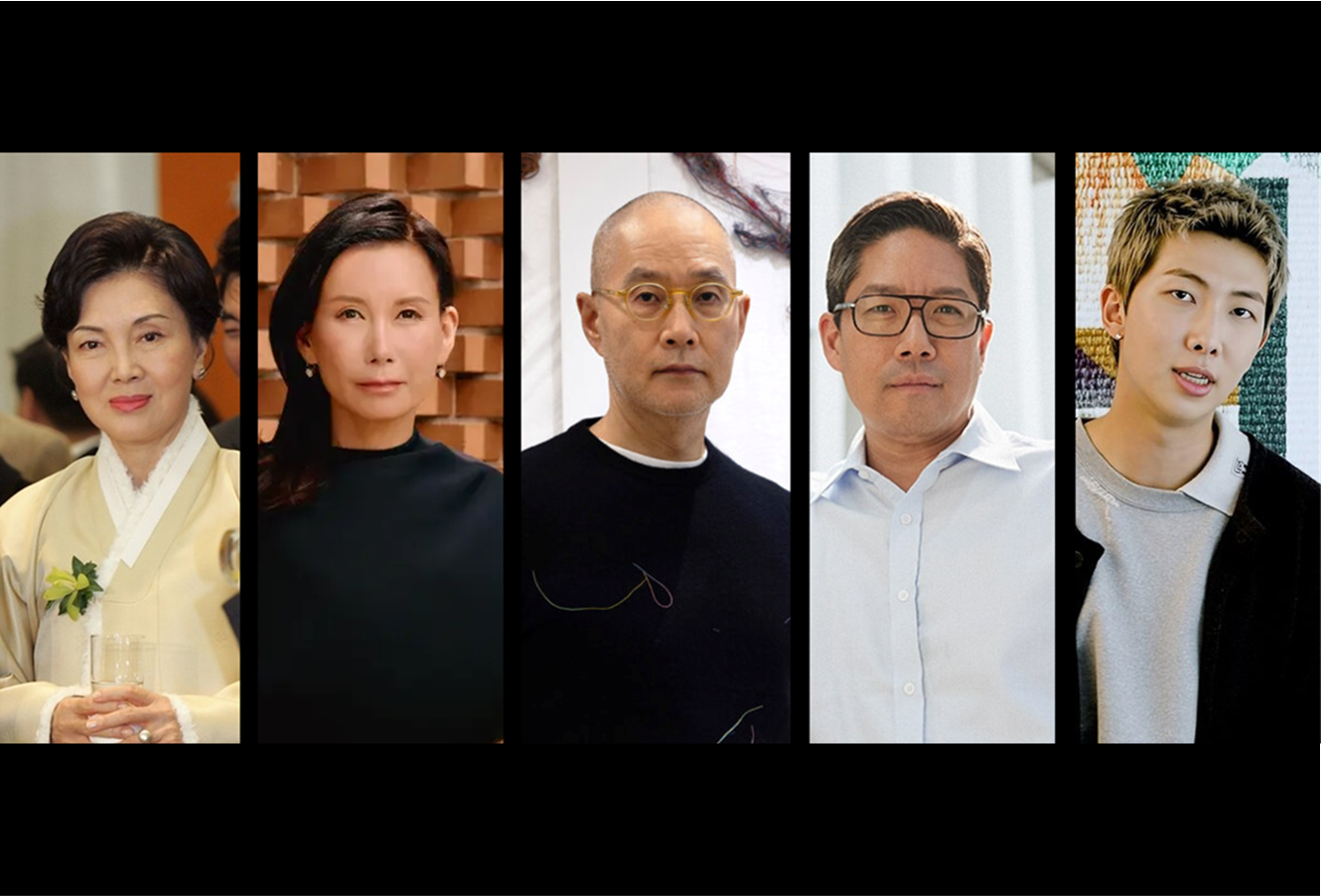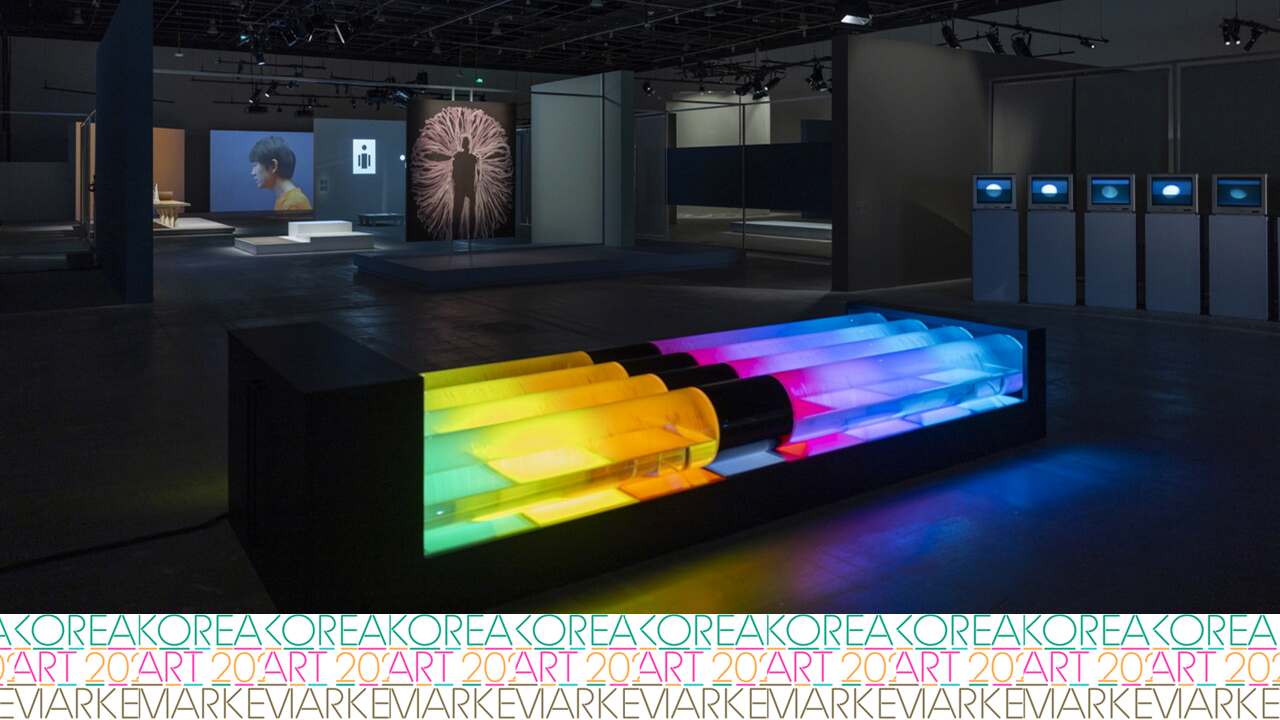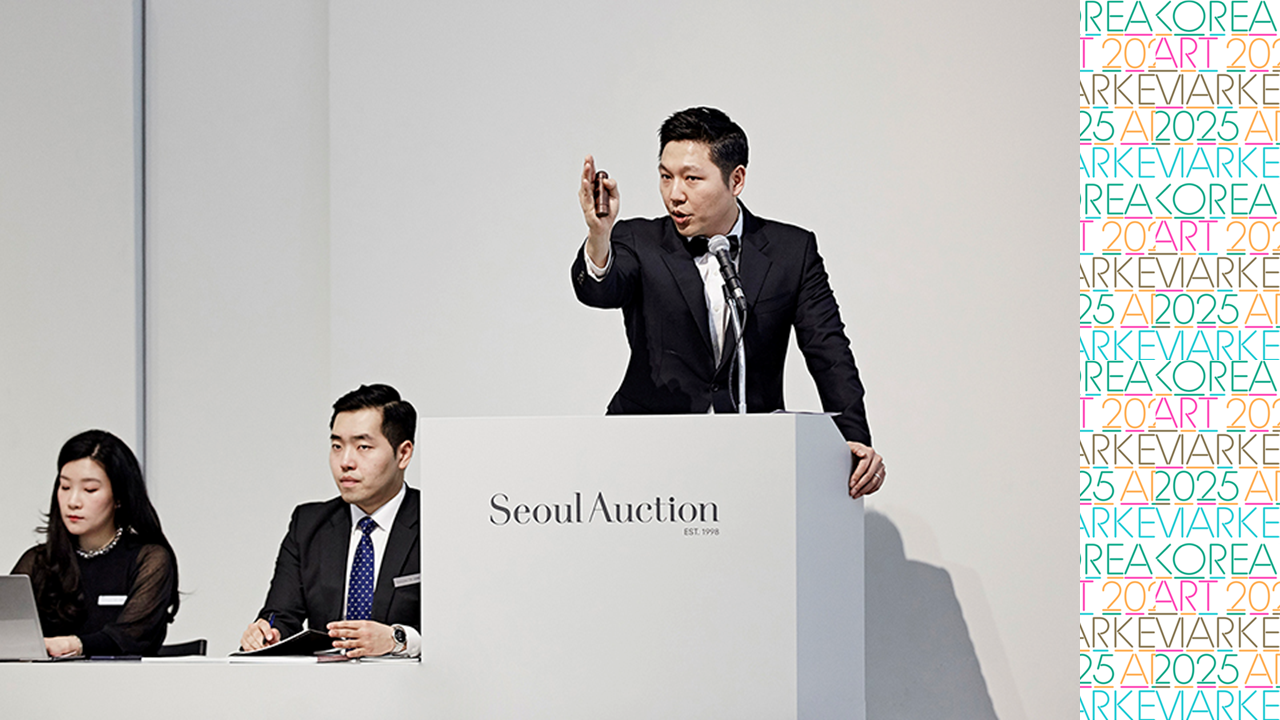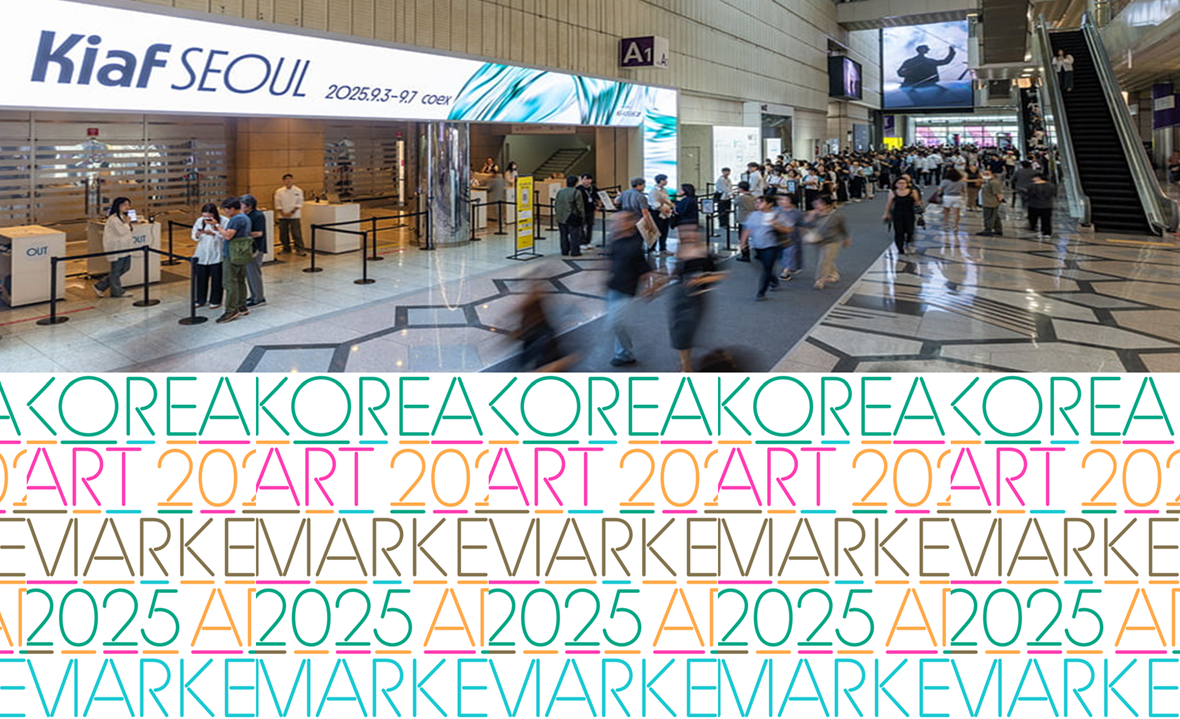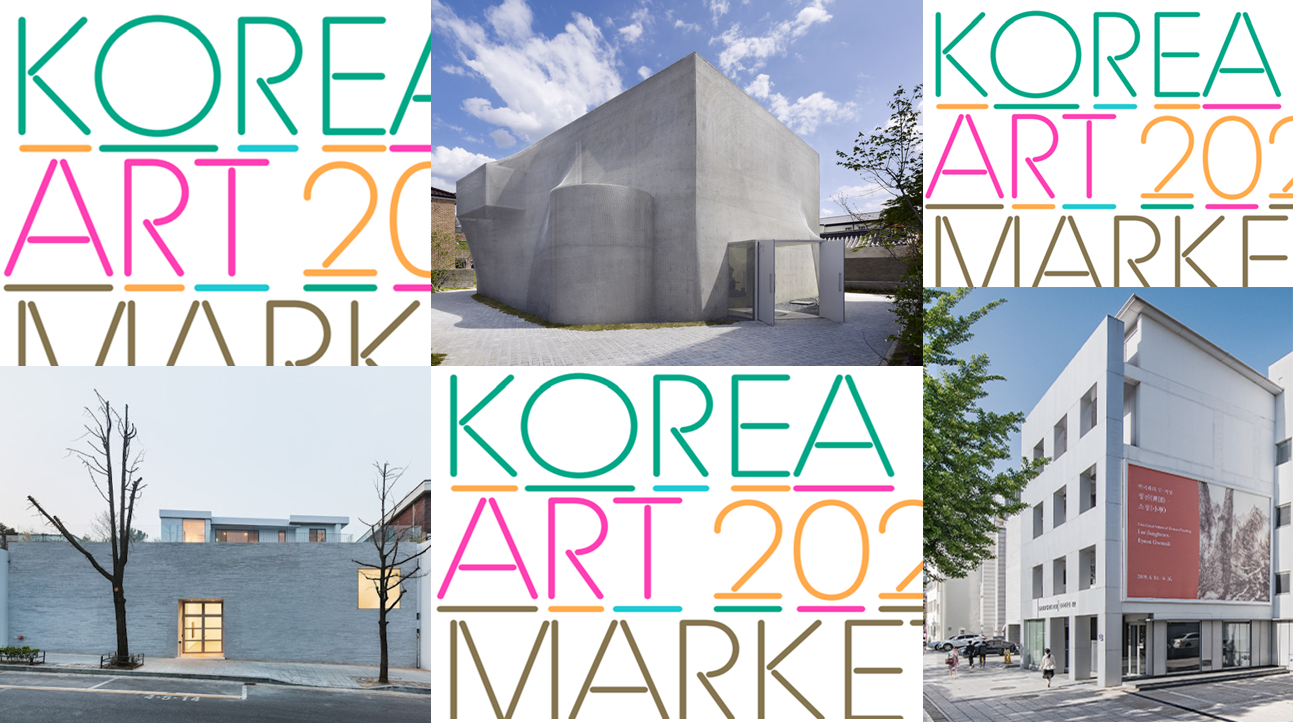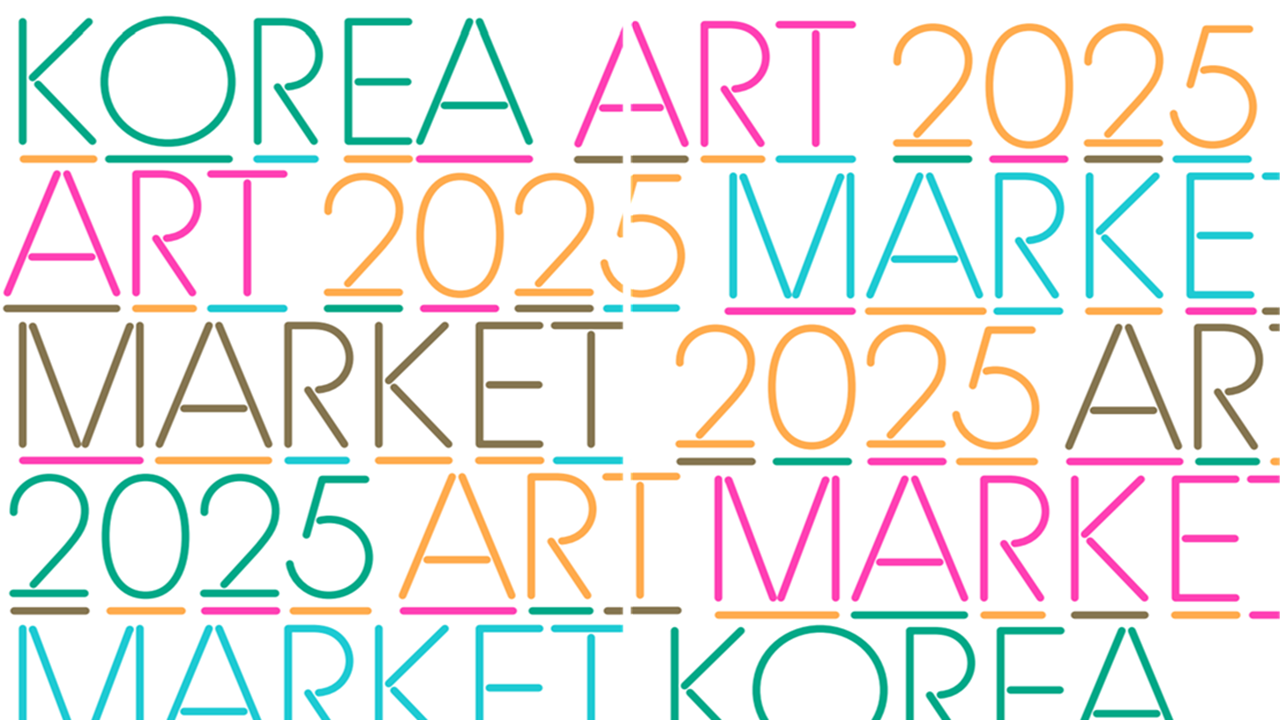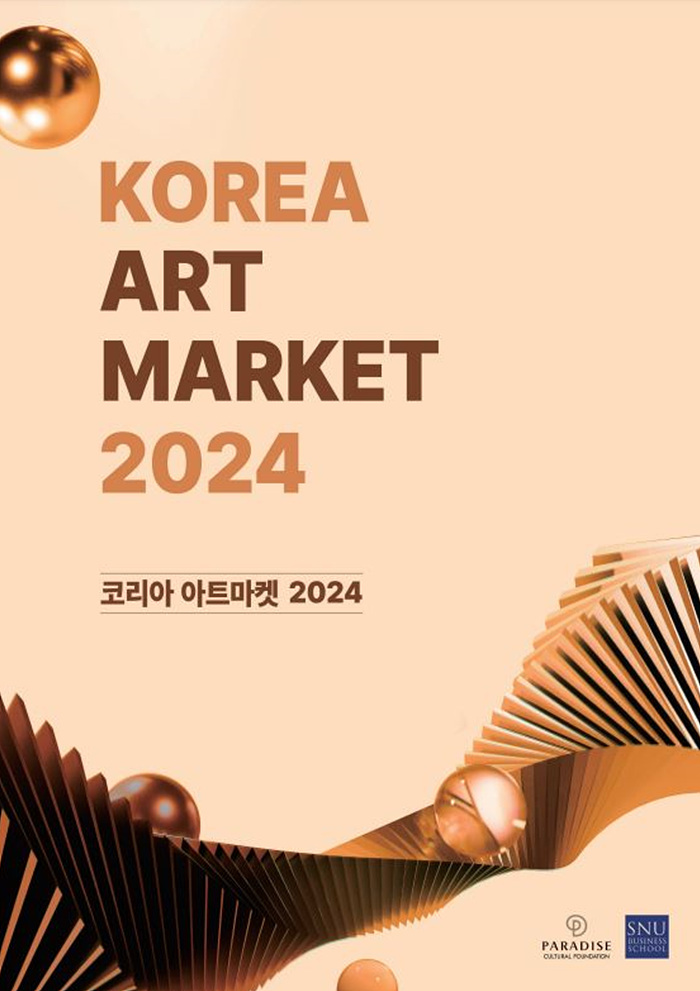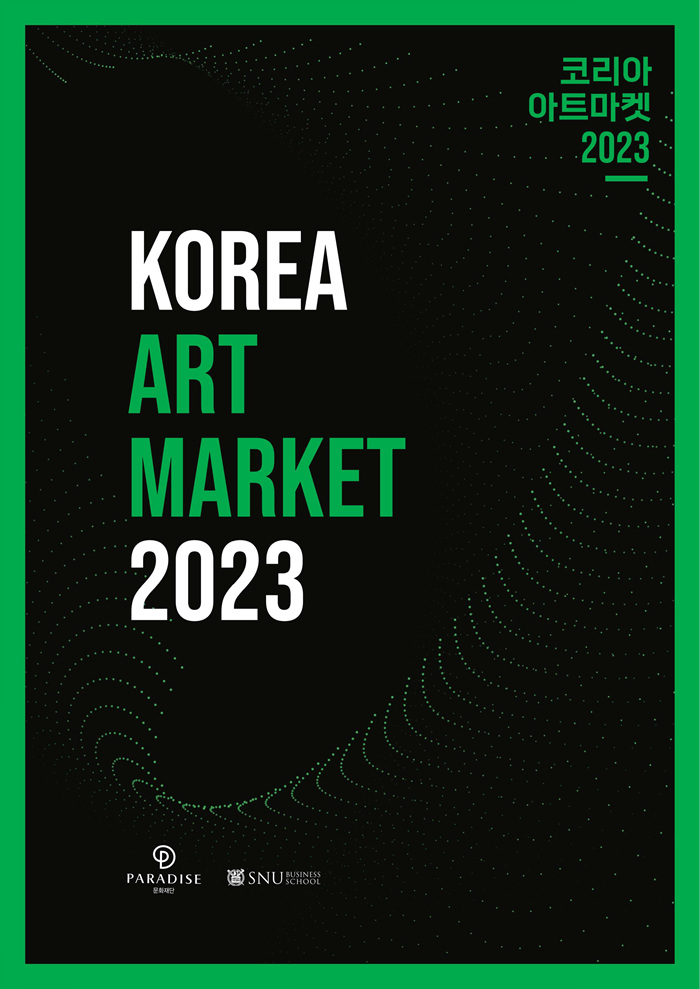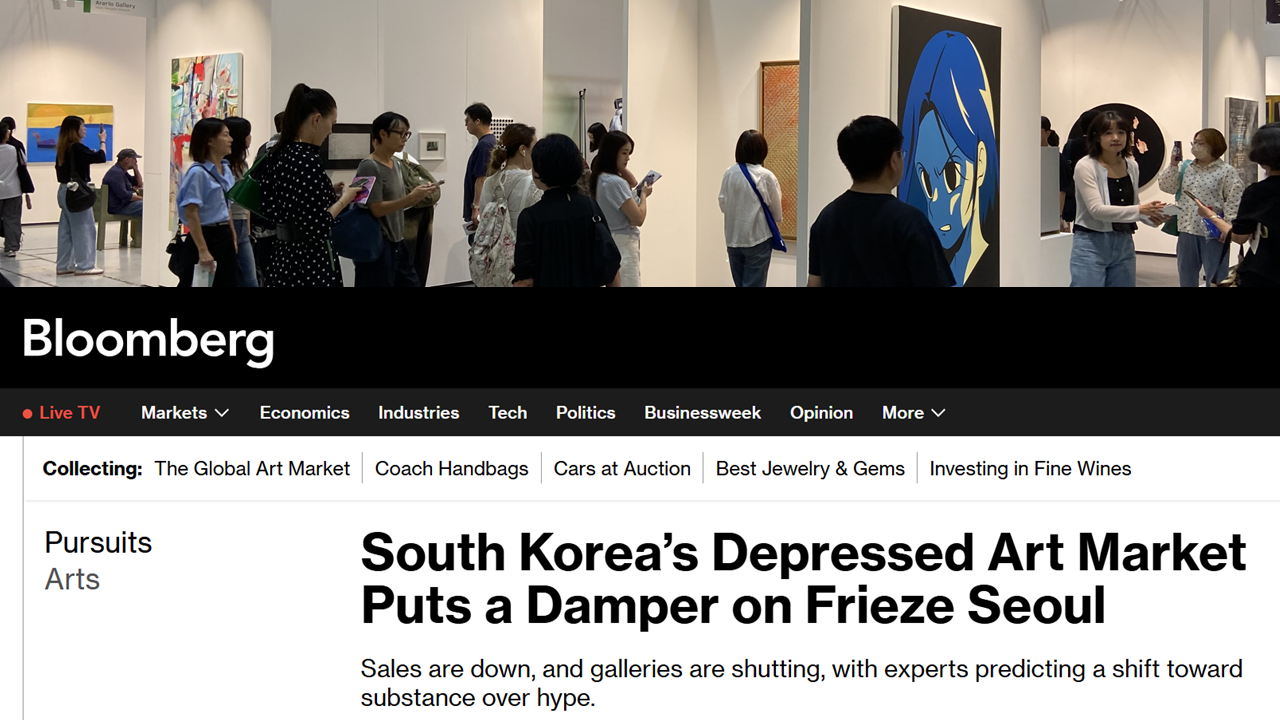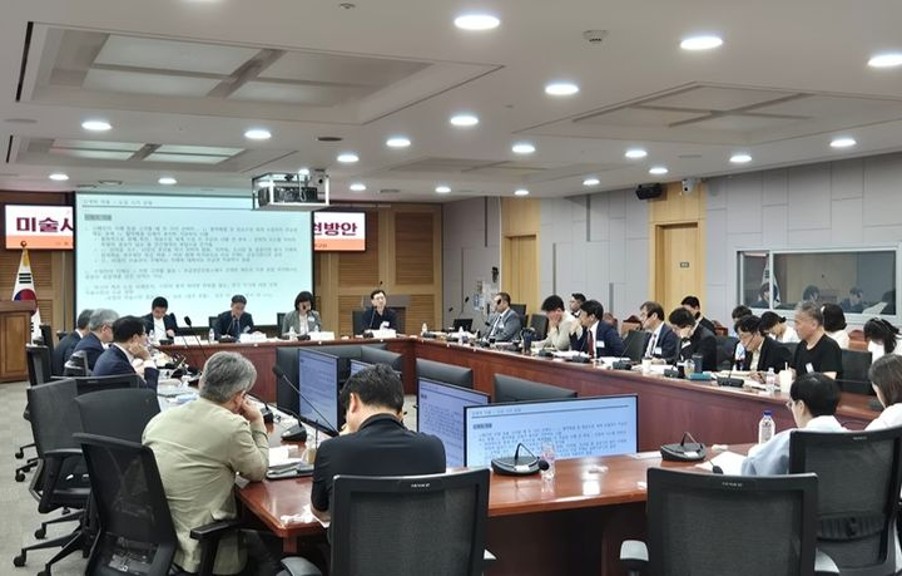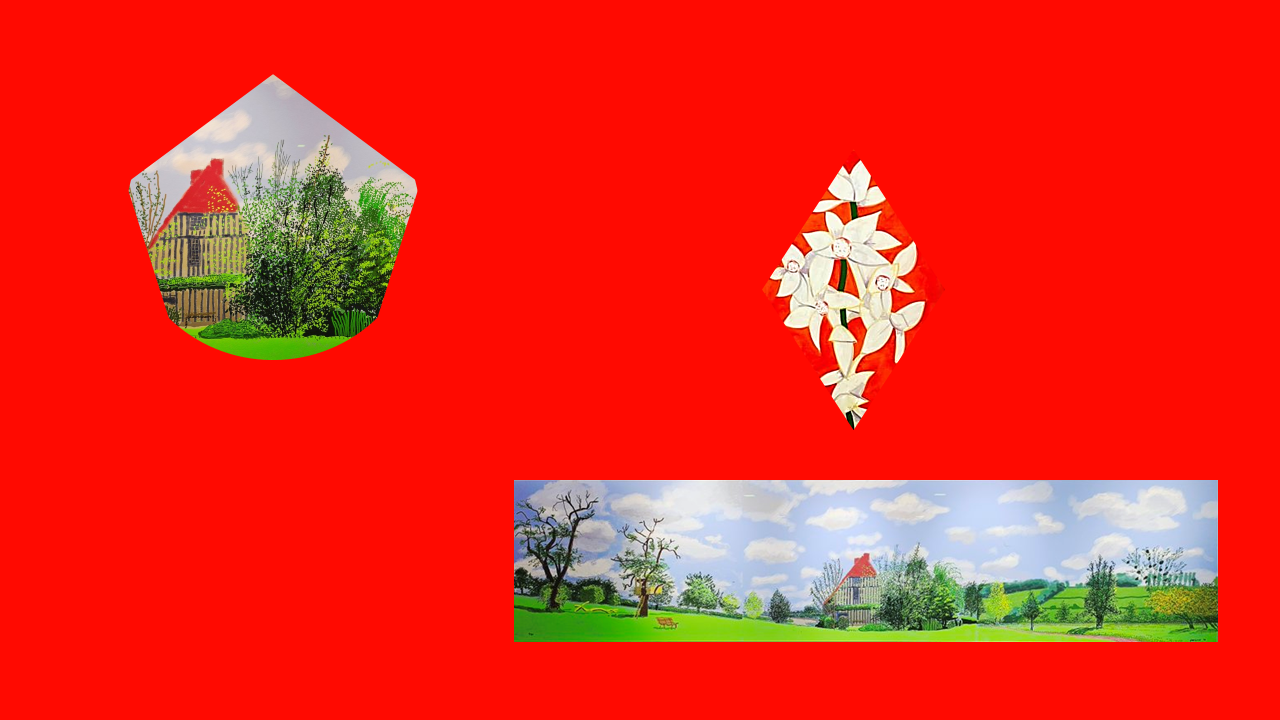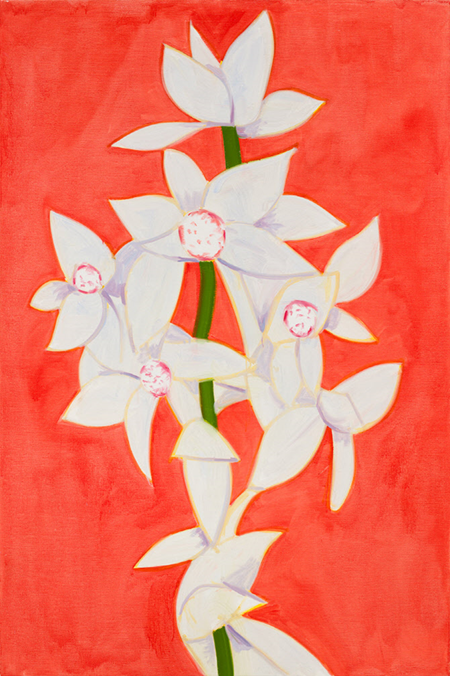This series is based on the report 《Korea
Art Market 2025》, jointly published by the Seoul
National University Institute of Management Research and the Paradise Cultural
Foundation, and examines the current landscape and future direction of the
Korean contemporary art market across five installments.
The first article, “Recession or
Transition?”, diagnoses the overall trends and structural changes in the
market; the second explores “The Survival Strategies Chosen by Galleries”; the
third focuses on “The Transformation and Role of Art Fairs”; the fourth
analyzes “The Restructuring of the Auction Market”; and the final installment, 〈Power
20: The Map of Influence in Korean Art〉, investigates
the emerging order and dynamics shaping Korea’s art market today.
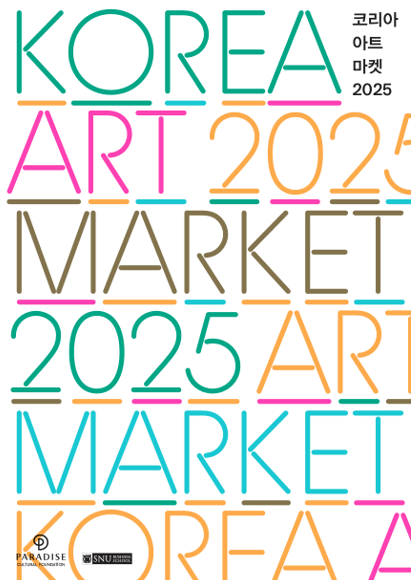
《Korea Art Market 2025》 Cover Page
If one phrase were to express the 2025 Korean art market it
would be ‘a cold wave.’ Auction success rates, gallery sales, art fair
transaction volumes—all indicators are on the decline; this year the market has
literally frozen.
Yet the 《Korea Art Market 2025》 report
diagnoses that beneath the surface of this downturn “a transformation of
infrastructure is underway.” It is not a mere short-term recession but a
process of reconfiguration into a new ecosystem.
Kim Min-seok, research fellow at the SNU Business Research
Institute and general editor of the report, states, “2025 is not the retreat of
the market but a turning point in its language,” analysing that “the
investment-centred art market is shifting into a taste-centred market; the
aesthetics of ownership are moving into the aesthetics of relationship.”
Surface of the cold wave, depth of the transition
Among 26 major domestic galleries, 57.7 % reported decreased sales
compared to the previous year. Although many reduced exhibition
numbers and art-fair participation, few said they had reduced the number of
exclusive artists. Rather, 76.9 % of galleries maintained or
increased their number of exclusive artists.
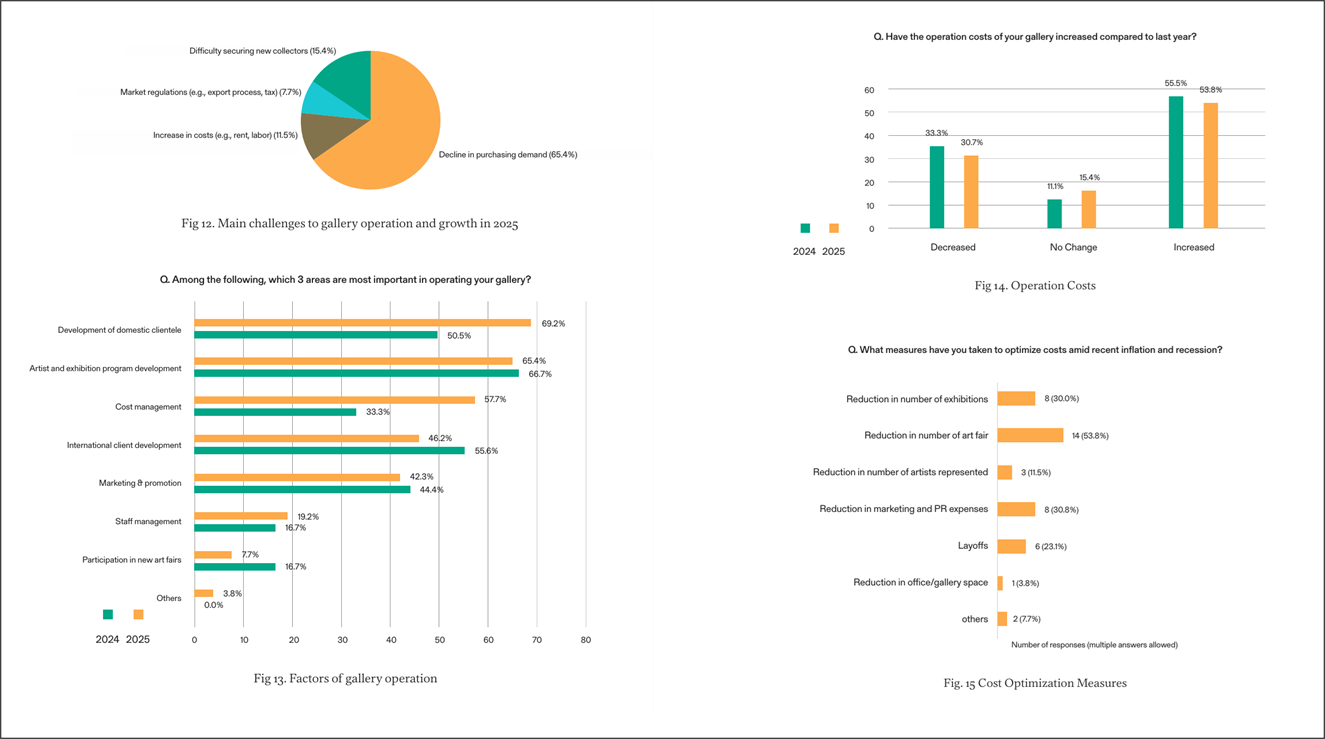
(Left) Question about the three most important areas in gallery operation / (Right) Question about gallery operating costs
In light of this
result, curator Jeong Yu-jin of the Paradise Cultural Foundation explains, “Galleries
chose survival criteria focused on maintaining relationships with their artists
rather than simply cutting costs.”
This shift is
altering the central question of the market. Whereas in the past the core was ‘who
buys the artworks?’, now it is ‘with whom do we build relationships?’
Professor Lee
Hyun-woo of the SNU Culture Industry Policy Center adds, “Value is now formed
not through sales mediated by exhibitions but through the artist’s narrative,
their social-media activity, and the audience’s experience.”
Floor of the
auction market, return of middle price range
This year the report shows through auction data the underlying change
in the market’s strata.
In H2 2024 South
Korean auction total value was KRW 46.1 billion (≈ USD 33.3 million) hitting a post-pandemic low; in H1 2025 it
rebounded to KRW 56.4 billion (≈ USD 40.7
million) up 22 %. The success
rate also recovered to 50.4 %.
Research fellow
Park Ji-hoon describes this as “not a temporary spike but a sign that a
re-adjustment of transaction structure is occurring.”
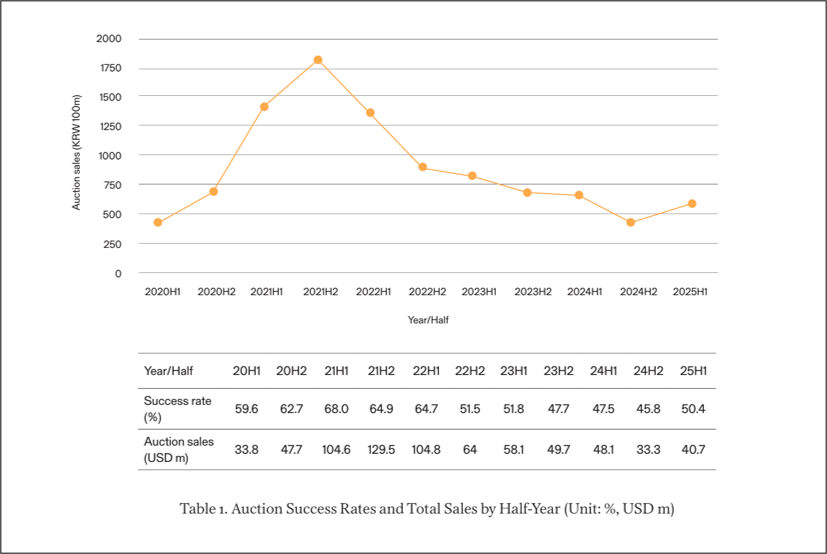
Auction Success Rates and Total Sales by Half-Year
(1 USD = 1,384 KRW, exchange rate as of 26 July 2025)
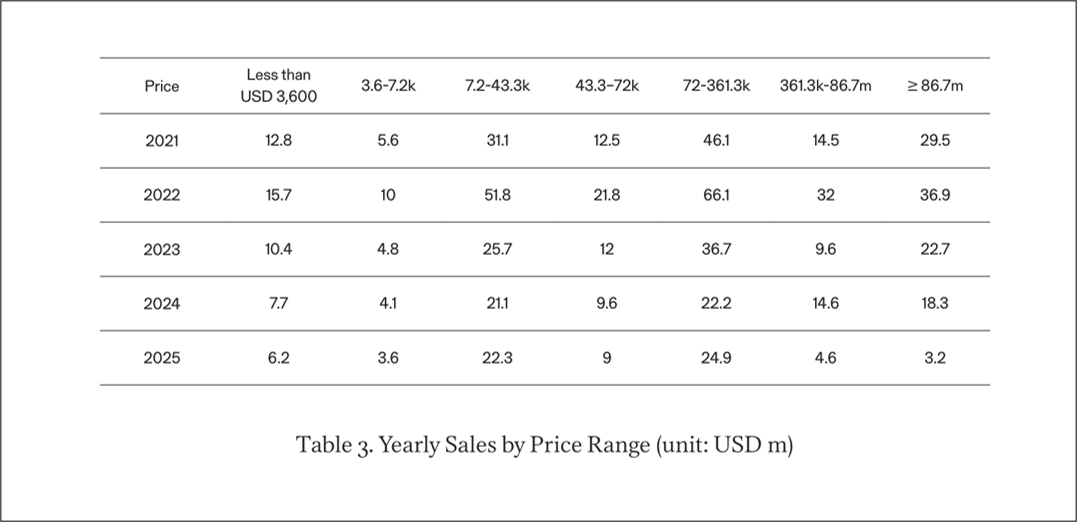
Yearly Sales by Price Range
What merits
careful attention is that high-end transactions over KRW 1 billion (≈ USD 720,000) have contracted sharply, while works in the KRW 100
million to 500 million range (≈ USD 72,000 –
360,000) have increased in share, showing a re-centering of the
market.
Data-analysis
team researcher Lee Su-bin interprets this as “as speculative demand that drove
the market’s upper tier disappears, a collector base oriented toward
medium-/long-term holding is returning.”
Also, according
to the report, the participation rate of MZ-generation collectors rose
from 18.4 % in 2023 to 24.1 % in 2025; these collectors prioritize “empathy”
over profit and “participation” over ownership.
Curator Jeong
Yu-jin states, “This generation is both fan and co-planner of the artist,” and “from
the point where the boundary between audience and artist dissolves, new demand
is emerging.”
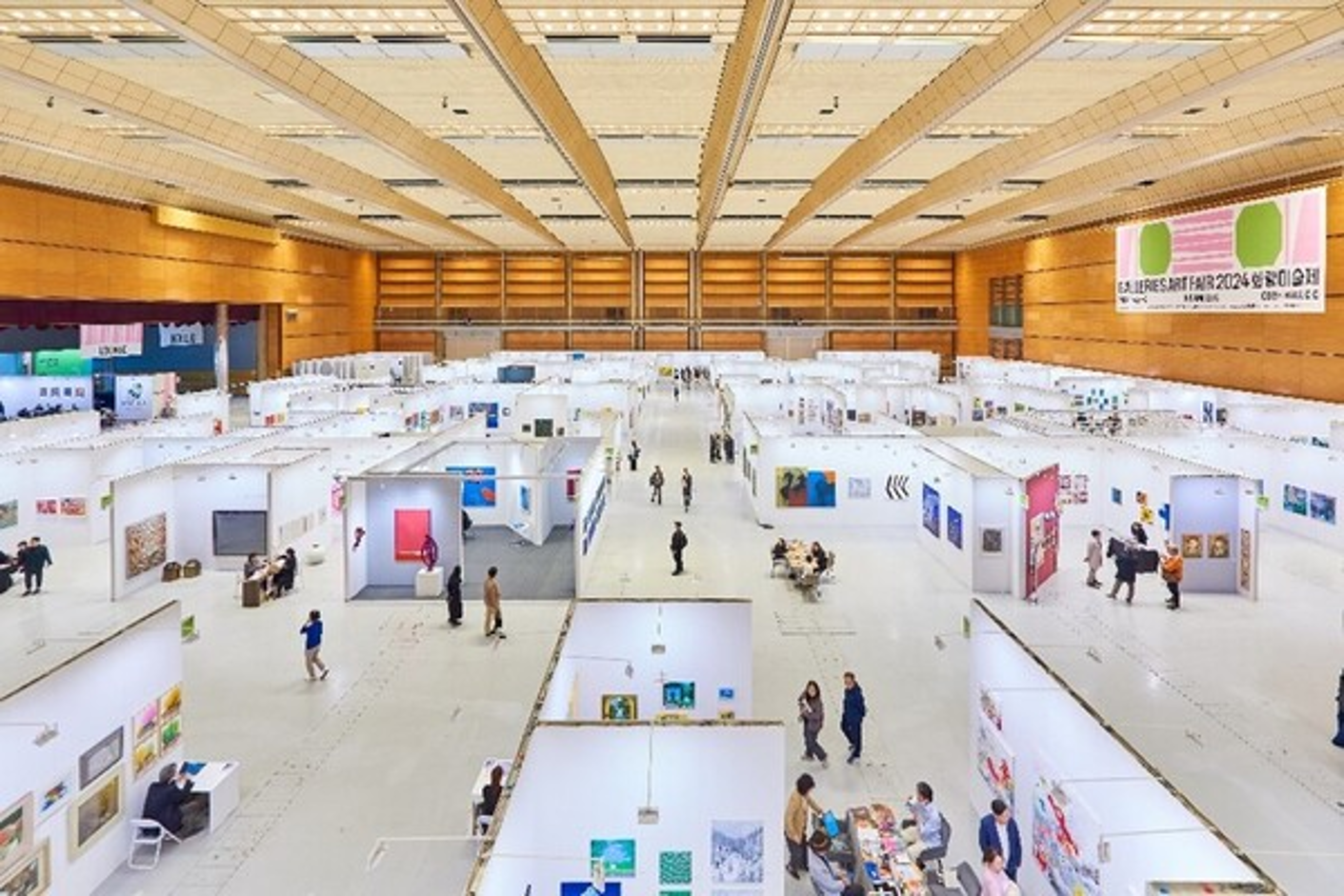
Exhibition View of the 2025 Galleries Art Fair / Photo: Galleries Association of Korea
Fair’s
comeback, expansion of the city
Another change in the Korean art market is visible in art fairs.
In 2025 the
Galleries Art Fair recorded 6,100 VIP day visitors, a 30 % increase year-on-year, and the sales share of emerging-artist
booths exceeded 40 %.
Researcher Hong
Ye-rin diagnoses, “Rather than only purchase-centred viewing, participatory
audiences consuming exhibitions as cultural experiences are increasing.” This
trend extends into Kiaf-Frieze Seoul and changes the urban spatial structure.
As one example,
in September 2025 the Frieze House Seoul modelled on London’s
‘No.9 Cork Street’, opened in Yaksu-dong.
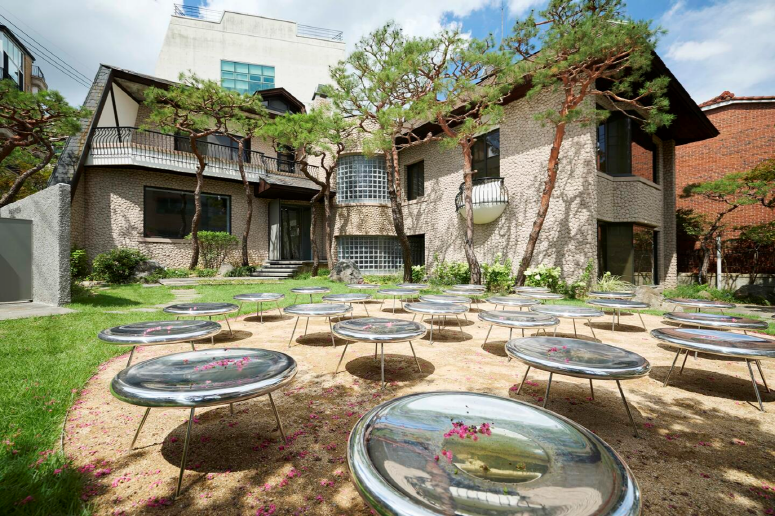
Entrance to Frieze House Seoul, designed by Seoul-based architectural studio Samuso Hyoja, featuring a site-specific installation by Japanese architecture studio SANAA / Photo: Frieze official Website
Researcher Jeong
Seong-hun adds, “Seoul is expanding from a short-term sales-event city into a
network hub where art and industry coexist, and this change alters the
art-market performance indicators.”
In the past the
benchmark was “sales,” now “participation rate, dwell time, revisit
rate” are emerging as the new KPIs (Key Performance Indicators).
Research fellow Kim Min-seok forecasts, “The density of relationships is
becoming more important than market efficiency, and that point will determine
the sustainability of the Korean art market.”
From the
language of downturn to the language of transition
The conclusion of 《Korea Art Market 2025》 analyses that the 2025 Korean art market is not simply a slump but
a period of linguistic re-construction.
Galleries kept
their artists, collectors chose taste, cities transformed from places of sale
into places of relationship. In the final sentence of the report Kim Min-seok
writes: “The cold wave of 2025 is not the end of the market but the moment the
door to the next order opens.”
“Preference over
money, relationship over ownership, co-existence over generation” — this new
order is rewriting the future of the Korean art market.
Source (Download): Korea
Art Market 2025 (Seoul National University Business Research Institute
& Paradise Cultural Foundation, 2025).




